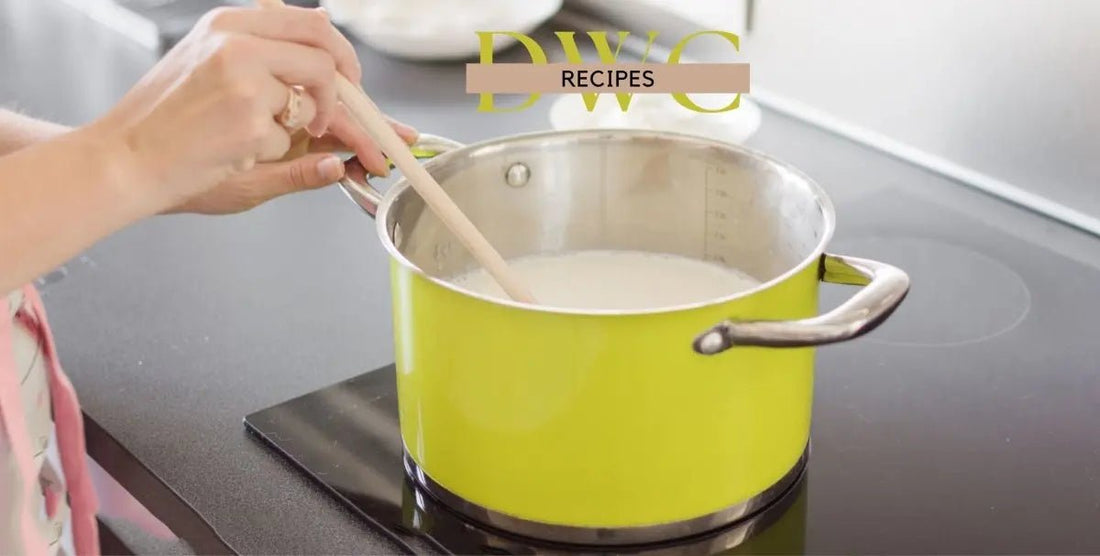
Red Roux Recipe
Share
Most of us - I hope - know what a white roux is, and how to make it, but we're not doing that today.
(It's a basis for a great many sauces, for example, Bechemal)
No, what we are doing here is it's companion, the Red Roux. And it is sexy.
But what is this nonsense, I hear you cry. Red? Roux - this is an English language place, don't come in here with your French oddities. And whilst it does have French origins, it has become synonymous with Creole. That and Cajun Gumbo would take alot of explaining which I am not going to do, but once you make this you will discover so many ways to incorporate it into meals.
Beef? Yup.
Chicken? Also, yup.
Vegetables? Oh, yeah.
(Gumbo is the best though)
Shall we crack on?
What you need:
Flour
Oil
For those of you who are only just discovering this is a thing, you might be a little bewildered at how simple this is. But it really is ... and isn't.
For this I am going to tell you to use regular oil - any is fine - but once you have gotten the hang of it, you can use bacon grease, lard, butter, or whatever you like. But for now just use regular oil. This is a learning process.

However much you use of oil, the flour must equal it. (I detest cup measures but in this rare case it works - get two identical things, and fill both, one with oil, one with flour).

.

.

Put a heavy duty frying pan on a low to medium heat and put both in them. Give it a gentle stir to bring it all together. Hmm ... beige dullness.

As you cook it, it will start to magically change colour, where you started with beige will, over the course of an hour, become brick red. You can even walk away from it and check on it 5 minutes later, but please be careful because, trust me, if you splash some on your hand, it will burn. Once it starts darkening you must not leave it alone, and carefully stir it.
Once it is brick red, it's done. You will be able to smell the nutty aroma. Remove from heat and either use it immediately or allow to cool and store it in a tub.
That's it.




